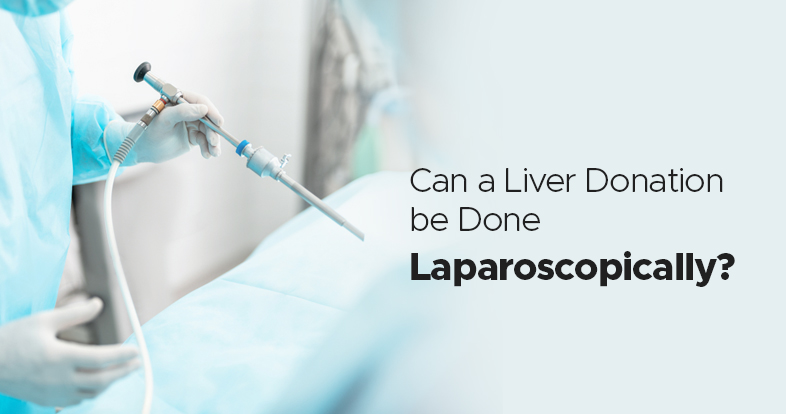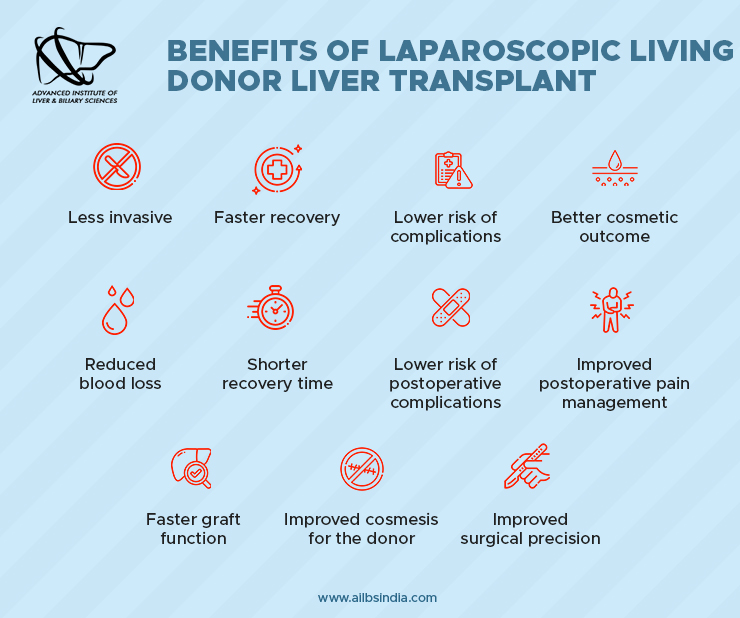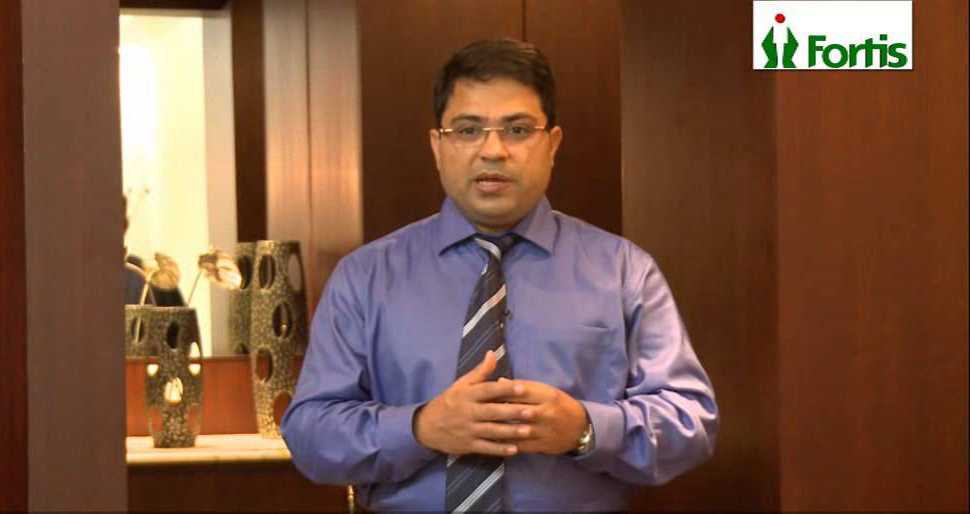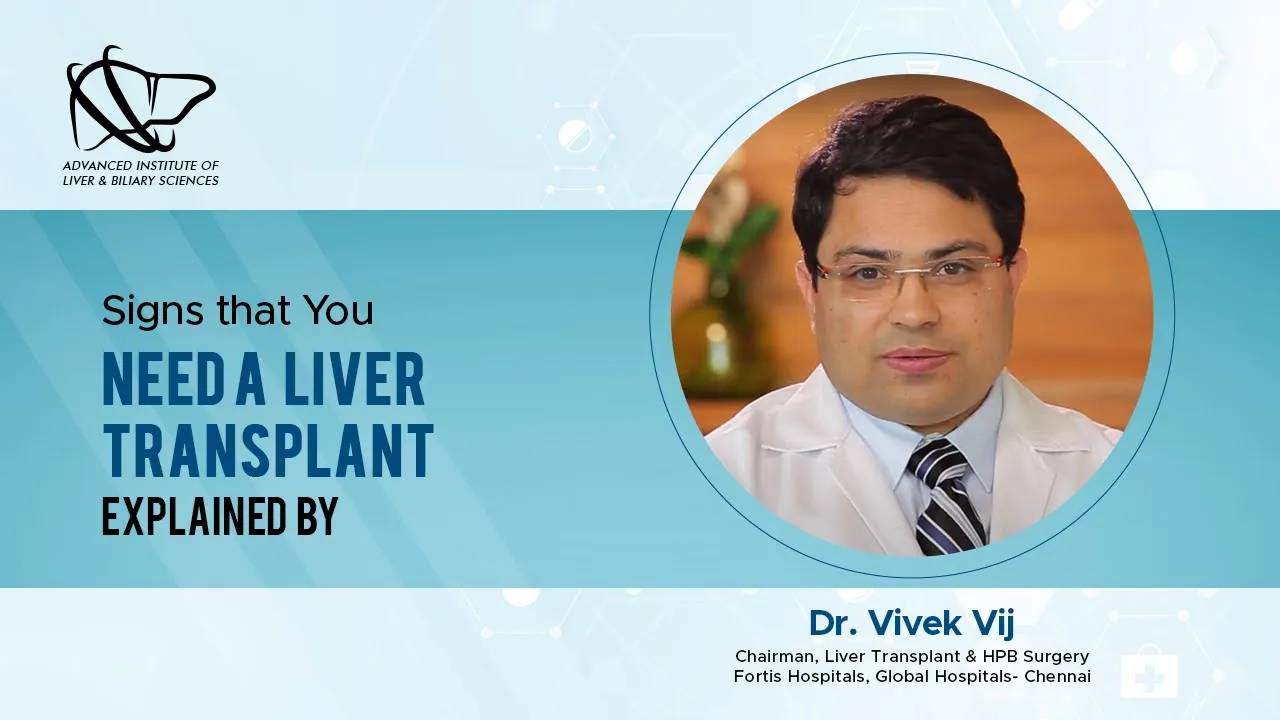
Liver donation is a selfless act of giving a part of your liver to someone in need. However, the traditional donation method involves a large incision, which can lead to a longer recovery and a higher risk of complications.
However, thanks to advancements in medical technology, it is now possible to perform a liver donation laparoscopically. This article will discuss liver laparoscopic donation’s benefits, procedure, and success rates.
Laparoscopic living donor liver transplantation (LLDLT) is a minimally invasive procedure in which a portion of a healthy donor’s liver is removed using laparoscopic tools.

The benefits of LLDLT over traditional liver donation include:
Less invasive: The procedure is minimally invasive, with small incisions, leading to less pain, less scarring, and a shorter hospital stay.
Faster recovery: The donor can resume normal activities within a few weeks, compared to a few months in the traditional liver donation.
Lower risk of complications: Laparoscopic surgery has a lower risk of complications such as bleeding, infection, and hernia.
Better cosmetic outcome: Small incisions in laparoscopic surgery lead to better cosmetic outcomes than a traditional liver donation.
Reduced blood loss: Laparoscopic techniques used in LLDLT generally result in less blood loss compared to traditional open surgery.
Shorter recovery time: LLDLT typically involves a shorter recovery period for both the donor and the recipient.
Lower risk of postoperative complications: The reduced invasiveness of laparoscopic surgery in LLDLT can lower the risk of certain complications such as wound infections, incisional hernias, and bile leakage.
Improved postoperative pain management: Laparoscopic procedures generally result in less postoperative pain compared to open surgeries.
Faster graft function: The use of laparoscopic techniques in LLDLT has been associated with quicker graft function in the recipient.
Improved cosmesis for the donor: Laparoscopic surgery generally results in smaller and less noticeable scars compared to open surgery.
Improved surgical precision: Laparoscopic techniques provide laparoscopic doctors with enhanced visualization and accessibility inside the abdomen.
The Pure Laparoscopic Donor (PLD) technique is a variation of the LLDLT technique that involves complete laparoscopic removal of the liver lobe. In a conventional LLDLT, the liver lobe is removed after having been cut with laparoscopic tools through a tiny incision. The entire liver lobe is removed laparoscopically in PLD, though, which results in lesser incisions and a quicker recovery.
The procedure of laparoscopic liver donation involves the following steps:
At the initial stage, the donor undergoes a thorough evaluation to ensure they are fit enough to donate a part of their liver.
Now the laparoscopic doctor gives anesthesia to the donor, which means they are asleep during the procedure.
The surgeon makes small incisions in the abdomen, through which laparoscopic instruments are inserted.
The surgeon uses laparoscopic liver transplant instruments to dissect and separate the liver lobe from the surrounding tissue.
The liver lobe is extracted through one of the small incisions.
The incisions are closed with stitches or staples.
Laparoscopic liver donation has several advantages over the traditional open liver donation. Some of them are:
Laparoscopic liver transplant in India leads to smaller incisions and less pain and scarring. This gives a feeling of comfort in the patient’s mind.
Laparoscopic surgery has a shorter recovery time, and the donor can resume normal activities sooner.
Laparoscopic surgery has a lower risk of complications such as bleeding, infection, and hernia.
Laparoscopic surgery leads to better cosmetic outcomes than traditional open surgery.
The laparoscopic liver donation has equal success rates to traditional open liver donation. According to research published in the Annals of Surgery, the 1-year and 5-year survival rates of receivers who got a liver lobe from a laparoscopic donor were comparable to those of recipients who received a liver lobe from an open donor.
Not all donors are eligible for laparoscopic liver donation. The eligibility criteria for liver laparoscopic donation include the following:
Donors should be between 18 and 55 years of age to be considered eligible for laparoscopic liver donation.
The BMI criterion for laparoscopic liver donation requires donors to have a body mass index below 30.
To qualify for laparoscopic liver donation, donors must have a liver anatomy that is suitable for the laparoscopic surgical technique.
The eligibility for laparoscopic liver donation depends on the overall good health of the donors, without any notable medical conditions.
Laparoscopic living donor liver transplant is a safe and effective alternative to traditional open liver donation. It has several advantages, including less pain, faster recovery, and a lower risk of complications. However, Laparoscopic liver donation is not an option for all donors, so the choice to have the procedure should only be made after thorough consideration by a medical specialist.
If you are considering becoming a living liver donor, take the first step by speaking with the best laparoscopic doctor, Dr Vivek Vij, to find out if you are eligible for a laparoscopic liver donation. Book an appointment now at AILBS India for more details: 24×7 Liver Helpline Number +91 9999722221
Q 1: Can a liver donation be done laparoscopically?
Ans: Yes, it is possible to perform a liver donation using laparoscopic techniques. Laparoscopic liver donation, also known as minimally invasive living donor hepatectomy, is a surgical procedure where a portion of a healthy liver is removed from a living donor through small incisions using specialized instruments.
Q 2: What are the advantages of laparoscopic liver donation?
Ans: Compared to conventional open surgery, a laparoscopic liver donation has a number of benefits. Some of these are smaller incisions, less surgical discomfort, shorter hospital stays, quicker healing, and better cosmetic results. Additionally, it lessens the possibility of complications, including infections and incisional hernias.
Q 3: Who is eligible for laparoscopic liver donation?
Ans: A number of parameters, including the donor’s general health, liver anatomy suited for laparoscopic operation, a BMI under 30, and age between 18 and 55, determine eligibility for laparoscopic liver donation. A potential donor’s eligibility for laparoscopic liver donation is determined after a thorough evaluation by medical professionals.
Q 4: Is laparoscopic liver donation as safe as open surgery?
Ans: Laparoscopic liver donation has been proven to be a safe and effective alternative to open surgery. Studies have shown comparable outcomes in graft survival, complication, and long-term donor outcomes.
Q 5: What is the recovery like after laparoscopic liver donation?
Ans: After laparoscopic liver donation, recovery is typically shorter than open surgery. Donors may initially experience some discomfort and fatigue, but it gradually improves. Most donors can resume their normal activities within a few weeks and fully recover within a few months. Close postoperative monitoring and follow-up care are provided to ensure the donor’s well-being.


